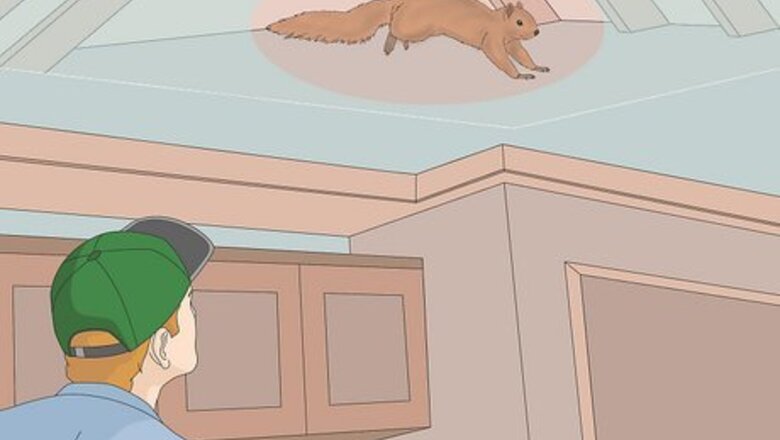
views
- Signs you have animals in your wall include strange noises, animal sightings, droppings, and inexplicable damage to your home.
- Squirrels, rats, and mice are the most common invaders, although you may have raccoons, opossums, bats, or bugs in your walls as well.
- An animal in the wall is not usually a DIY job, so contact a pest control expert to remove critters in your walls.
- Prevent animals from coming into your home by sealing up entrances, keeping your home clean, and trimming branches that hang over your roof.
Possible Animal Intruders
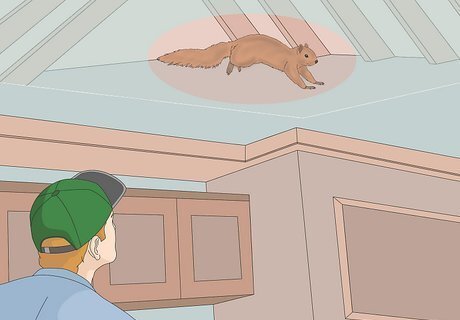
Squirrels Squirrels are only active during the day, so if you hear rapid skittering noises in the walls while the sun’s out, it’s probably squirrels you’ll need to get rid of. The location is a hint here, too. Squirrels will reliably prefer attics and upper levels to first floors. If you see squirrels running around on your roof more than you see them on your neighbors’ homes, it’s very likely the animals in your wall are squirrels. Is it between March and October? Are the noises varying and strange? If the answer to both is yes, a mother has probably set up shop with newborn squirrels. They’ll probably leave on their own in a few weeks. The best way to prevent squirrels is to get rid of branches or wires that hang over your roof.
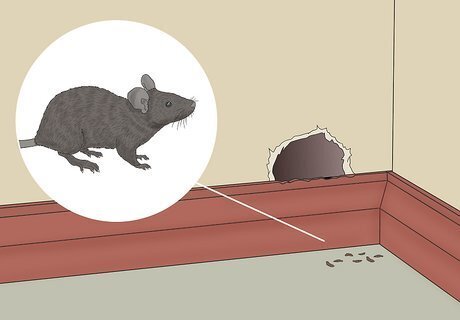
Mice If mice are in your walls, they’re almost positively coming into your home at night to look for food. Look for small, rice-shaped droppings around your baseboards. Mice may also chew through your walls or cupboards, or chew into food containers in your pantry. Any of these are a sign you have mice. Mice will be most active at night, so if the sound in your walls pops up after you’ve gone to sleep, it’s probably mice or rats. You can tell if you have rats or mice versus squirrels by knocking on the wall with your knuckle when you hear scurrying. Rats and mice will freeze in place and make no noise. Squirrels will scurry away. Minimize how attractive your home is for mice by keeping food inaccessible and the floor clean. Rodents are all looking for food, so don’t give it to them to keep your living space rodent-free.
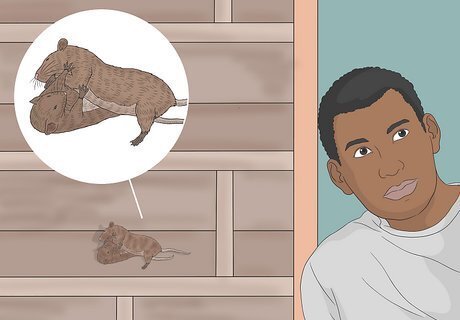
Rats It’s pretty difficult to differentiate between rats and mice in your walls because a lot of the signs will be identical (chew marks, rice-shaped droppings, etc.). However, rats will jump around, fight with one another, and explore, all of which will cause much more noise than mice. If you hear noises in your pipes in addition to your walls, it’s almost positively rats. Rats can swim and climb through pipes.

Raccoons Raccoons are not exactly masters of stealth in tight spaces. At night, you’ll hear loud scratching, scrambling, or chewing. You may hear the noise migrate to your ceilings, floorboards, ductwork, or attic. When you hear the noise in your wall, try knocking on some nearby drywall. If you don’t hear the animal flee, move quickly, or freeze in place, it’s probably raccoons. Raccoons will chew on drywall, but they won’t gnaw on electrical wiring. If you see chewed-up wiring, it’s probably squirrels.
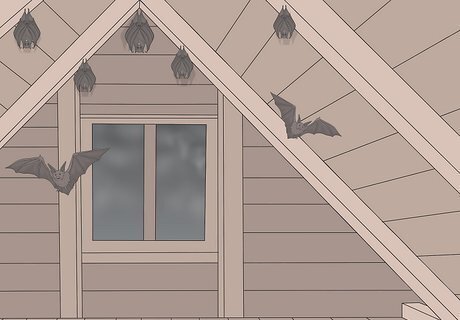
Bats If you hear noises in your attic or walls around twilight when the sun is going down and the noises resemble high-pitched chattering, you probably have bats. In July or August, you may hear noises when the sun is coming up as baby bats call out for their parents to bring them food. If you can access your attic, you may also see bat guano (droppings) on the floor. Bat guano will dry out and become powdery when it gets old, which is a giveaway. Go outside when the sun is going down. If you have bats, you should be able to see and hear them exiting your home to go out and look for food. You may be able to entice bats to leave by setting up a bat box in your yard or putting a noise machine in your attic.

Opossums Opossums make strange noises at night, including hissing, shrieking, chattering, and clicking. However, the big giveaway you’ve got opossums will be the odor. Opossum poop is distinctly unpleasant, and their wet droppings can soak into insulation or drywall and stink up your home. Opossums are especially drawn to cat food. If you notice something keeps tearing into the cat food in your basement or garage, it’s likely an opossum. Removing access to food by keeping the area around your home clean is one of the best ways to deter opossums.
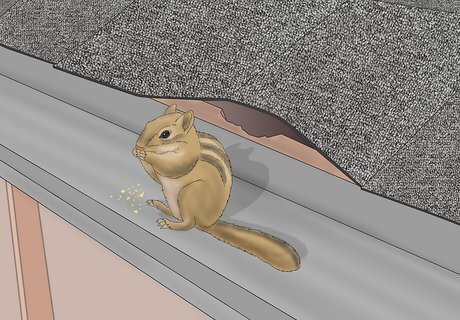
Chipmunks If you hear scratching sounds randomly during the day and they seem to appear anywhere, it’s likely chipmunks. These little critters are very mobile and they’ll climb from your lower levels to gutters and back again to tuck food away. Chipmunks will also occasionally make high-pitched chirping sounds inside of your walls. It can be tough to tell the difference between squirrels and chipmunks in your walls, but squirrels will prefer to stay high up. Chipmunks will go all over the place. Chipmunks love berries and nuts. If you happen to be growing food in your yard, removing whatever falls to the ground can help deter chipmunks.
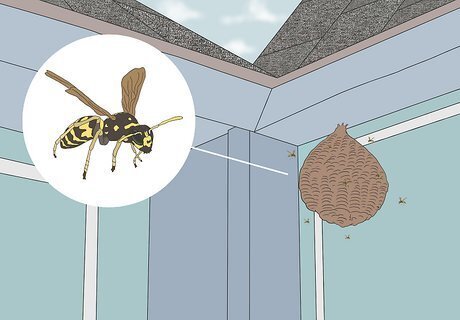
Insects If you hear a constant buzzing sound and you simply can’t figure out where it’s coming from, you may have wasps or some other insect building a home inside of your walls. Go outside and look at the exterior wall where the sound is coming from. If you see an unusual number of bugs flying around the area, you very likely have insects in your wall. If your drywall or flooring starts to randomly appear damaged, you may have termites. The exception here is ants. Ants are extremely unlikely to make noise, but you’ll see them inside of your home.
How to Get Animals Out of Your Walls
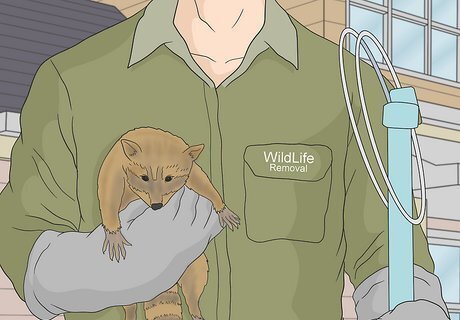
Hire a pro to remove the animal in your wall. Removing an animal that’s living or trapped inside of your walls is not a DIY job, so contact a local pest control company and ask them for quotes. If you’ve narrowed down the animal causing the noise and damage, call a specialist to remove the culprit. The one exception is raccoons. If you’ve got raccoons frequenting an area in your walls, you may be able to get rid of them by making a lot of noise to scare them away. The only animals you can probably leave alone (if they aren’t causing damage) is squirrels. They may spend a season in your walls, but they won’t stick around forever.
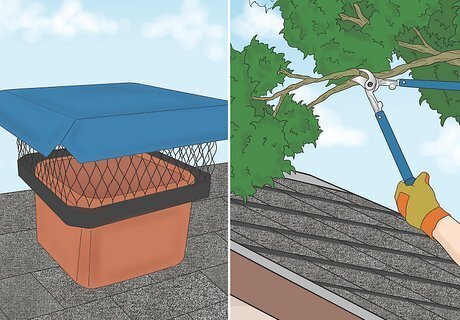
Cover up entryways to prevent the problem in the future. Make it hard for pests to enter and they’ll look elsewhere for shelter. If you have any openings or gaps in your roof, get them repaired to keep animals out of your attic. Fix loose siding and cut any tree branches that hang over your home so critters can’t climb on to your building. Store your garbage in a closed container far away from your home and keep your living space clean to deter pests. As fun as it can be to watch birds in your garden, bird baths and bird feeders attract raccoons, squirrels, and other wildlife. The animals that might end up in your walls are all creatures who prefer the path of least resistance. If getting into your home is difficult, they aren’t going to bother.
Signs Animals Are in Your Walls
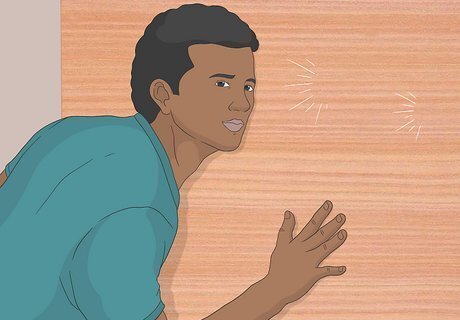
Odd noises You may hear scratching, fluttering, or yelping noises. A lone crumbling or cracking sound may just be joists settling or lathe falling, but frequent noise is a sign that something is in your wall. The type of sound is important, but when you hear noises is a great way to narrow down the animal. Chipmunks are only active during the day, for example, while mice are nocturnal.

Droppings If an animal is in your wall, you may find animal droppings near openings or around the exterior of your home. If there are any holes in your walls, look there first. Then, go to your basement and attic to look there. Lastly, take a stroll around the exterior of your home and look. Any droppings are further evidence you have animals in your home. Soft, dusty droppings in the attic are almost positively bats. Rice-sized droppings along the baseboards are likely mice or rats.
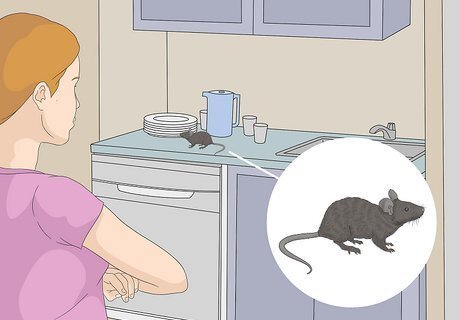
Sightings An animal in your walls won’t live there forever. You may see them coming into your home or exiting the area. This is especially likely for rats and mice who would exclusively be in your walls to break into your home and snatch up food.
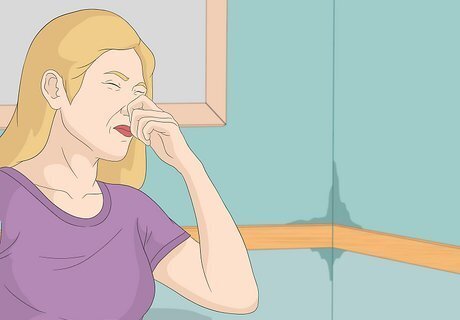
Foul odors Wild animals smell terribly. If you notice your home is starting to stink without reason, it may be animals. If you investigate any strange smells and you can’t find the source, it’s very possible that you’ve got a critter in the walls. Rotten smells are likely to be opossums, who are notorious for their stench.
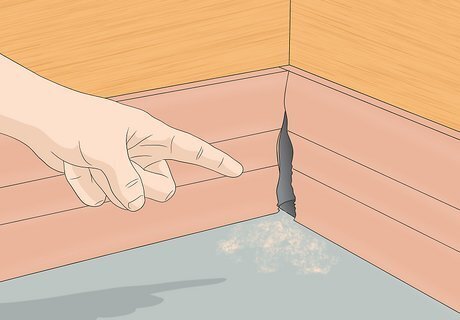
Signs of chewing Most critters who would voluntarily hang out in your wall are going to chew on drywall or joists. They may break into your home and gnaw on corners or cabinets. This will be most common among racoons, rats, mice, and squirrels.















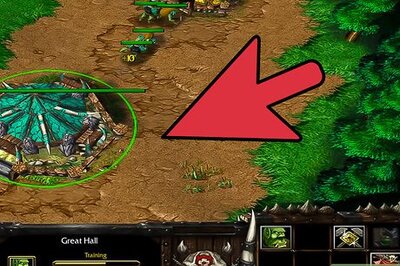




Comments
0 comment